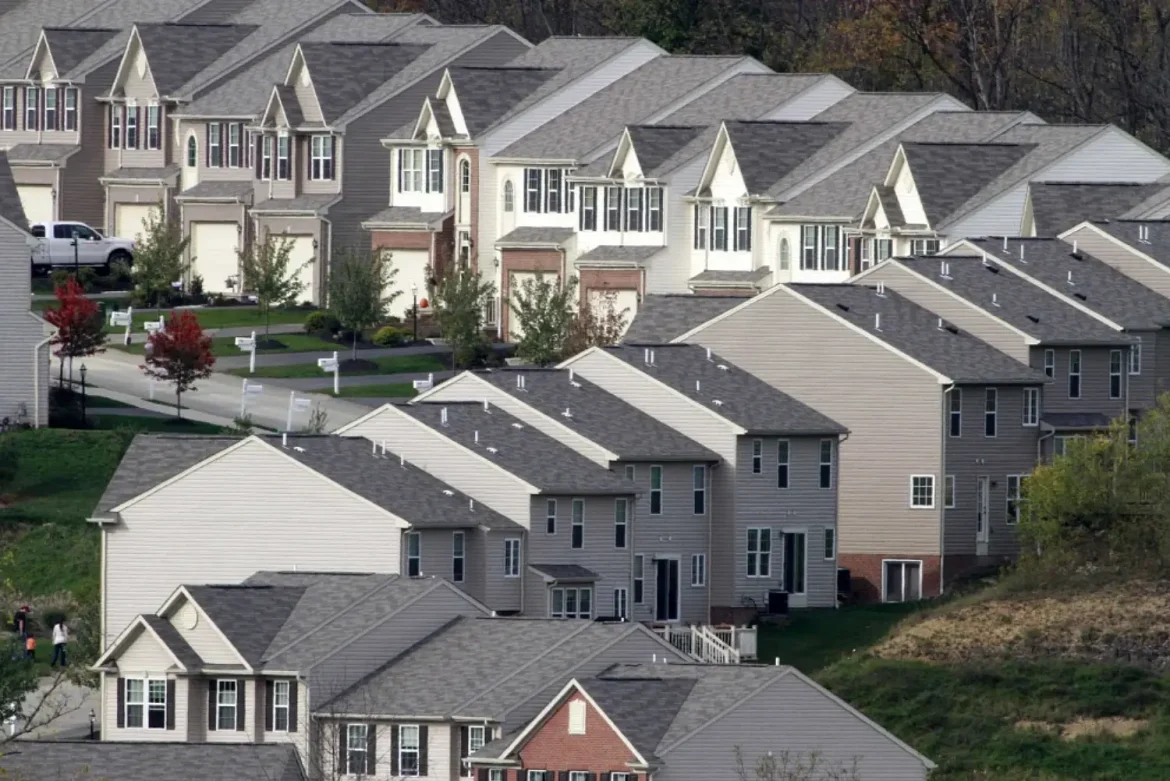Rental markets remain a point of concern across the country. Vacancy rates are at record lows, especially in inner-city areas that have experienced a return of international students and migrant workers. Tenants are facing significant increases in weekly rents, putting further pressure on household budgets. State governments have introduced measures to improve housing supply, including rezoning initiatives and incentives for new apartment developments, but these projects often take years to come online, leaving short-term challenges unresolved.
Advertisement
On the construction side, builders continue to face high costs for materials and labour, leading to delays in new housing supply. Several smaller construction companies have gone into administration in recent years, citing financial strain from fixed-price contracts signed before inflationary pressures took hold. This has added further complexity to Australia’s housing situation, as supply shortages contribute to ongoing affordability challenges. Analysts suggest that until construction bottlenecks ease, housing demand is likely to outpace supply in many regions.
Overall, the stabilisation of property prices provides some relief to prospective buyers, but significant challenges remain in terms of affordability, supply, and rental pressures. Policymakers are working on long-term solutions, including increased investment in social housing and planning reforms, but these efforts will take time to have a measurable impact. For now, the housing market appears to be transitioning to a period of steadier conditions, with both opportunities and hurdles for buyers, renters, and investors alike.

